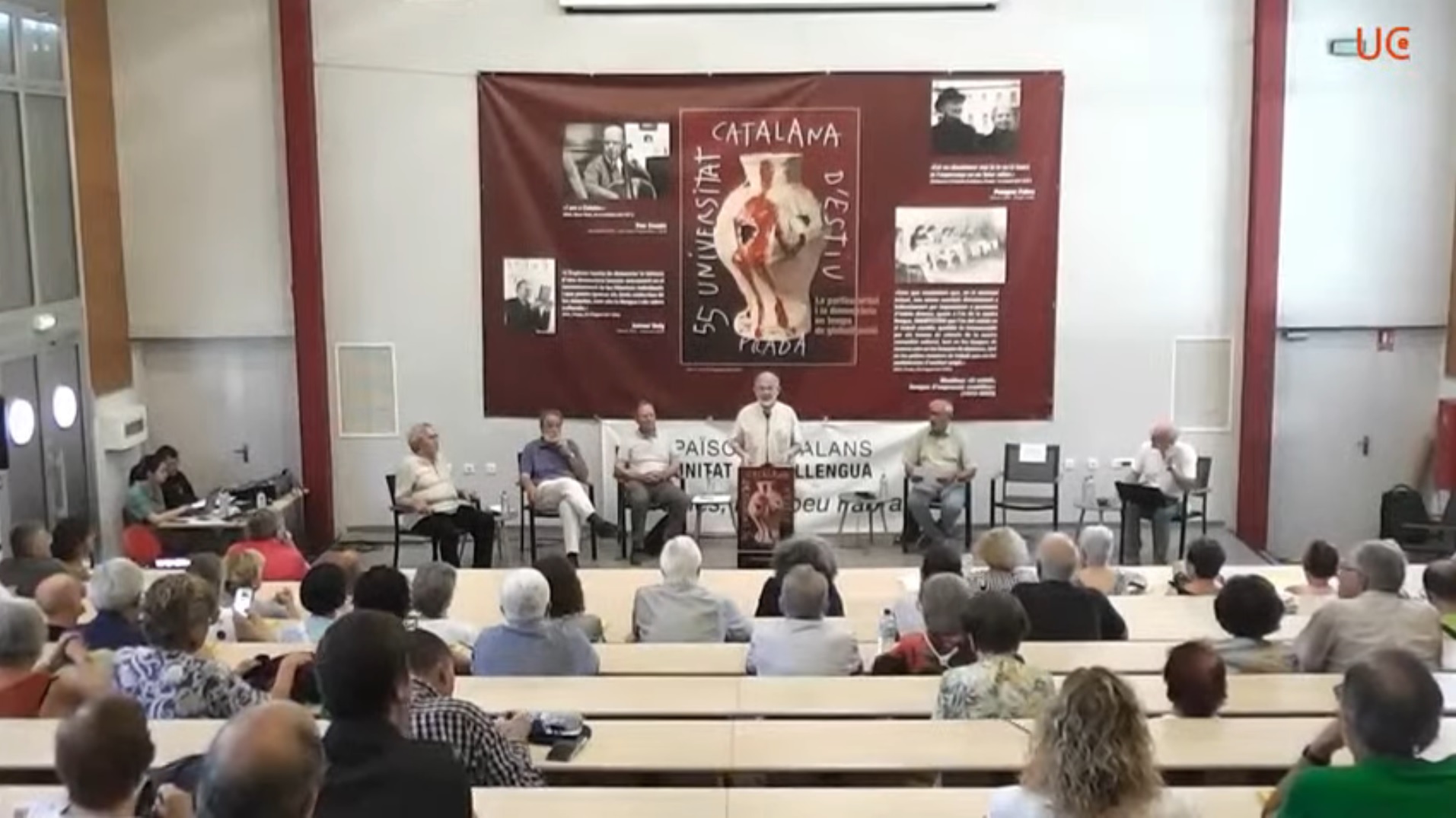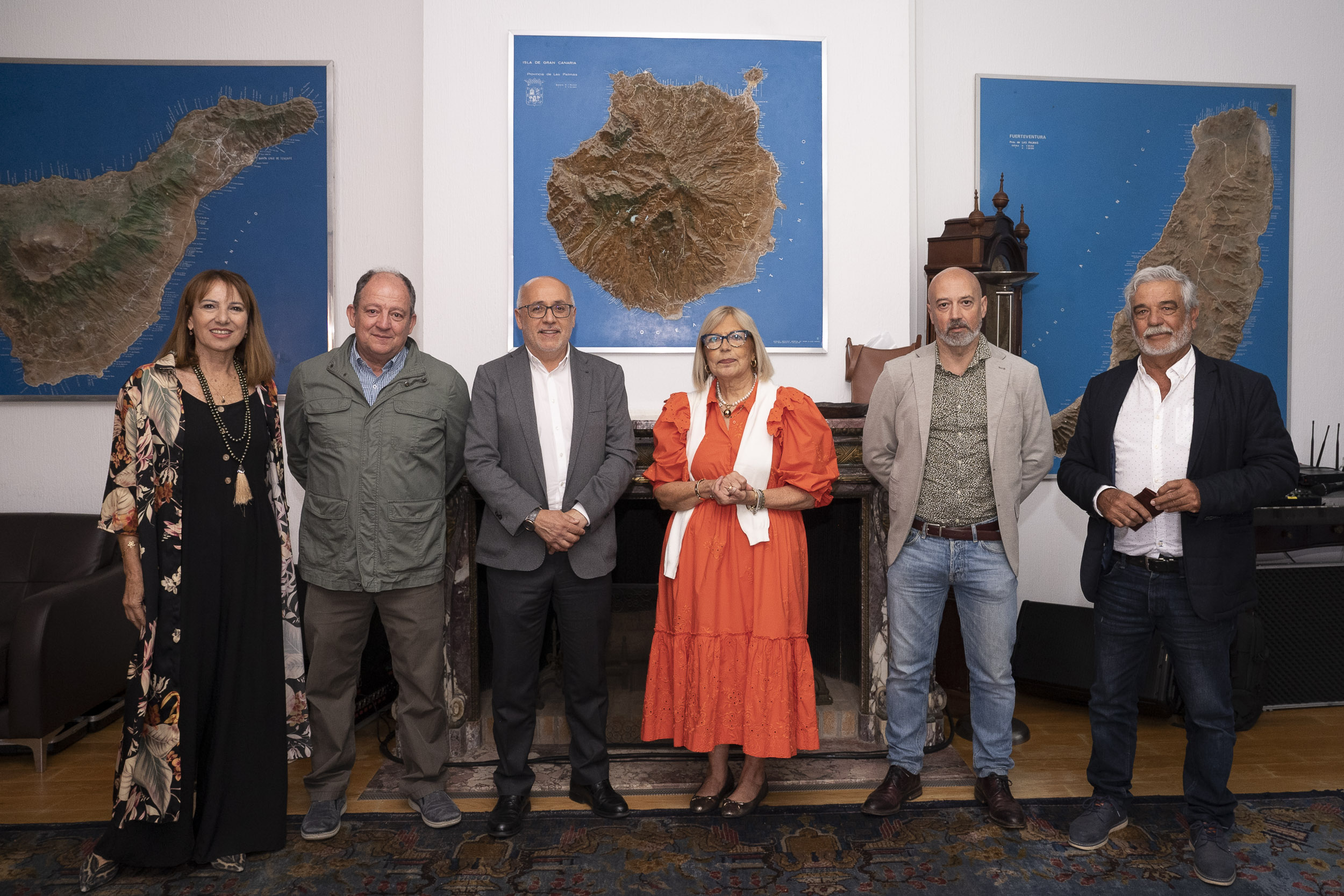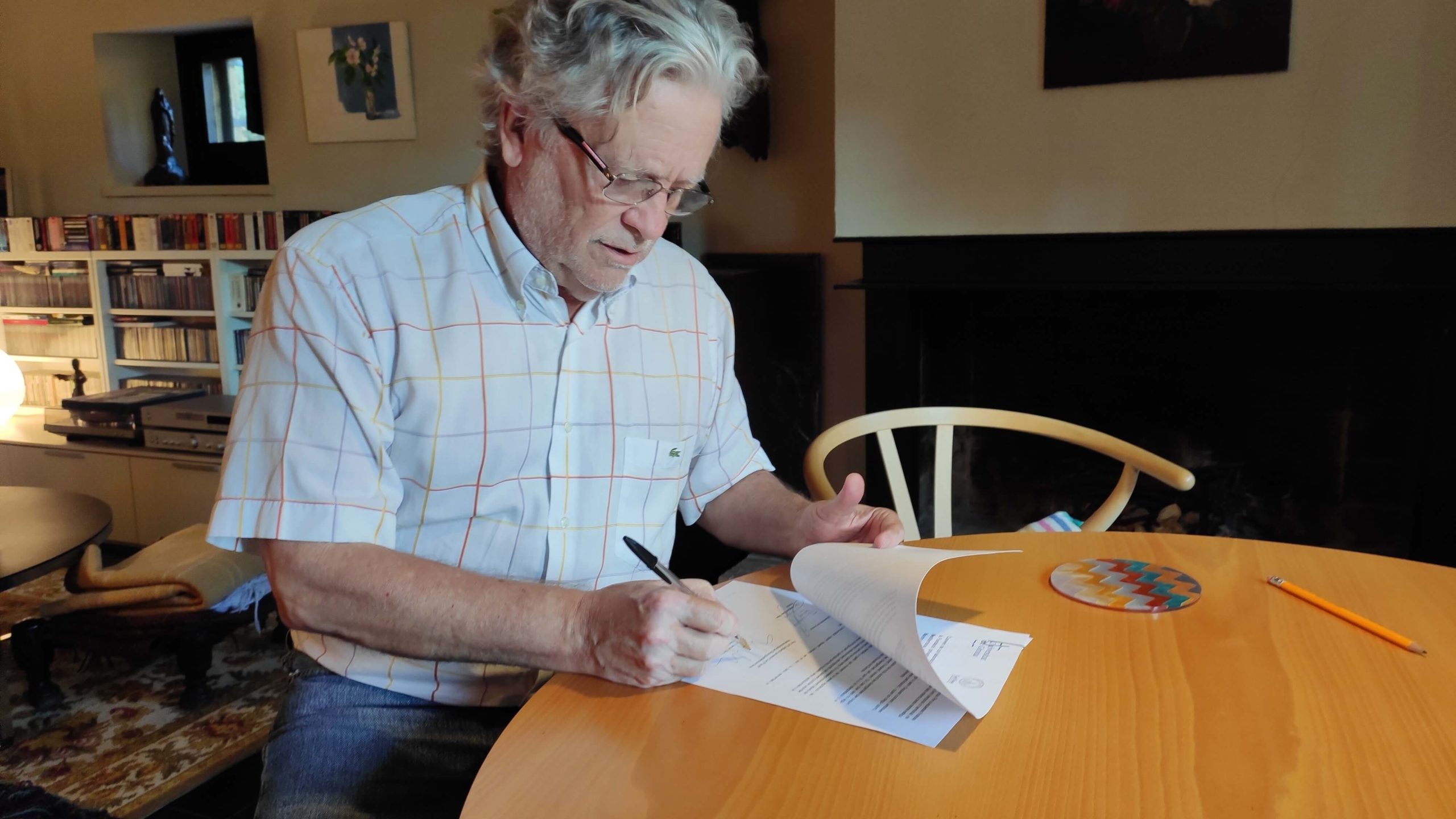Recently, some restoration work has been carried out on some of the elements of the furniture heritage of Carl Faust’s house.
Counting on the professional restorer Raul Mestre, different restoration techniques have been carried out for different pieces of furniture in the house. In 1921, Carl Faust, founder of the Marimurtra Botanical Garden, had the house built, which is the heart of the Botanical Garden and the Foundation. A work by the nineteenth-century architect Josep Goday that is currently the welcome point for visitors to the Costa Brava Botanical Garden.
The craftsman restorer Raul has restored some pieces that had corks, insects that bore galleries in the wood, and that damage the furniture. To do this, he took the furniture into a humidity-controlled cold chamber for 10 days to ensure that the insect dies. Afterwards, the damage is restored, stabilizing the wood both aesthetically and structurally to control future appearances and guarantee its maintenance.
Two pieces of furniture of great heritage value also stand out. One is a 17th-century headboard later converted into a neoclassical ottoman, and the other a cupboard dating from 1840, specially designed for botanical tasks such as drying plants or other activities typical of a herbarium. In both cases, work has been done to consolidate the stucco and touch up the paint finishes.
This year, in addition, the centenary of Marimurtra is celebrated. 1924 was the year in which Faust decided to dedicate his efforts, heritage and time to the realization of his dream, the Botanical Garden.

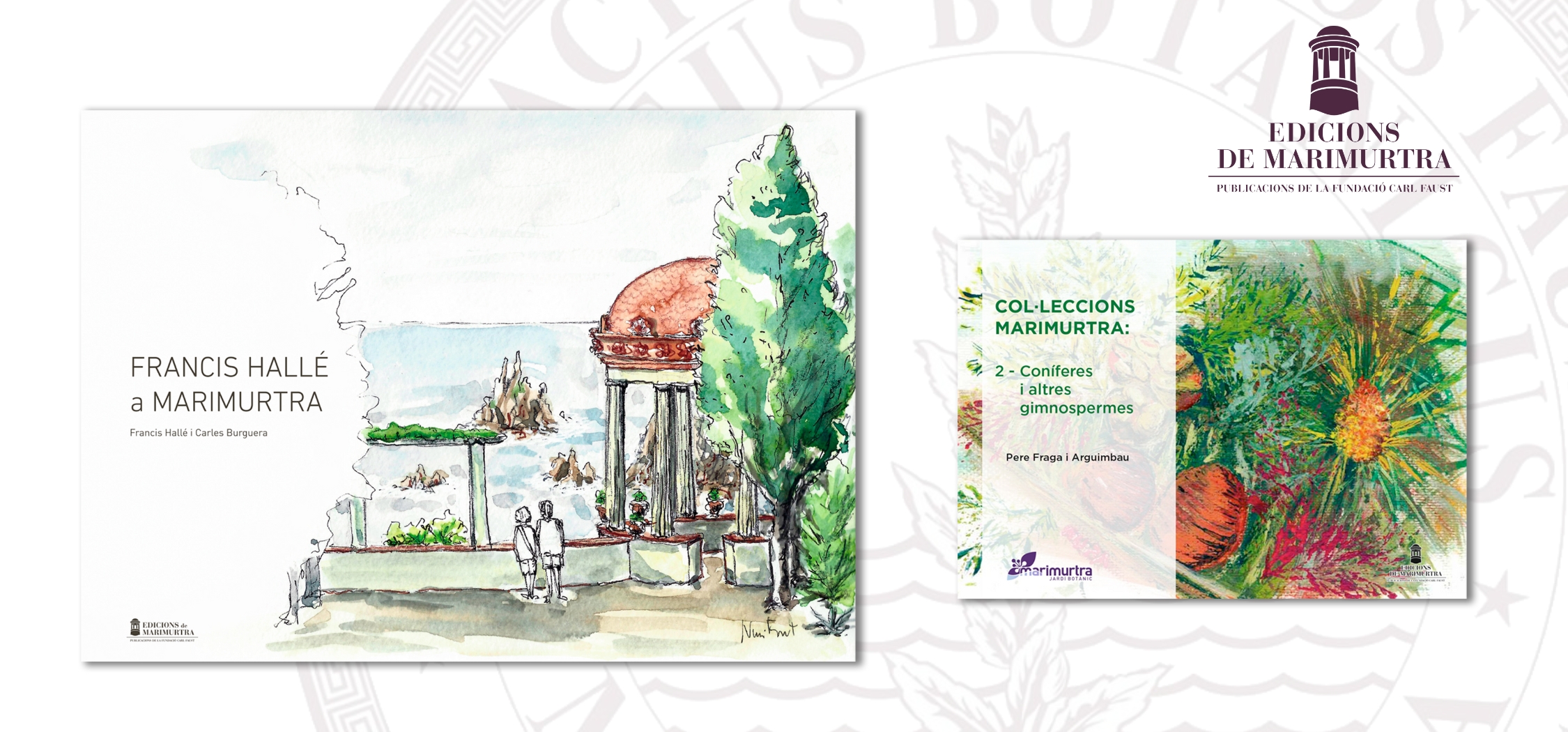


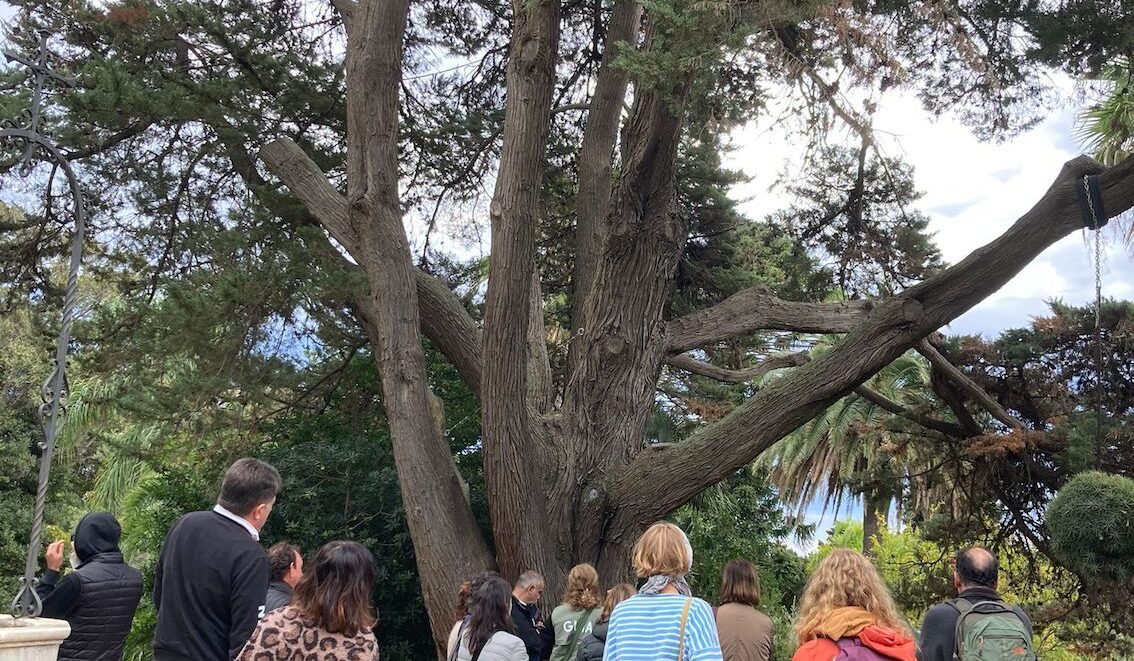









 Josep Maria Camarasa is one of the four surviving speakers of the eleven who presented the manifesto 50 years ago.
Josep Maria Camarasa is one of the four surviving speakers of the eleven who presented the manifesto 50 years ago.